Japan’s ryokans have existed since the eighth century, with the oldest continuously operating inn dating back to 705 AD. Yet these traditional Japanese inns feel as relevant today as they did over a millennium ago, offering weary travelers tatami-matted rooms, communal hot spring baths, and the kind of hospitality that transforms a simple overnight stay into a cultural immersion.
Below are fifteen of Japan’s most inviting ryokans, each offering its own interpretation of this timeless tradition.
Nishiyama Onsen Keiunkan
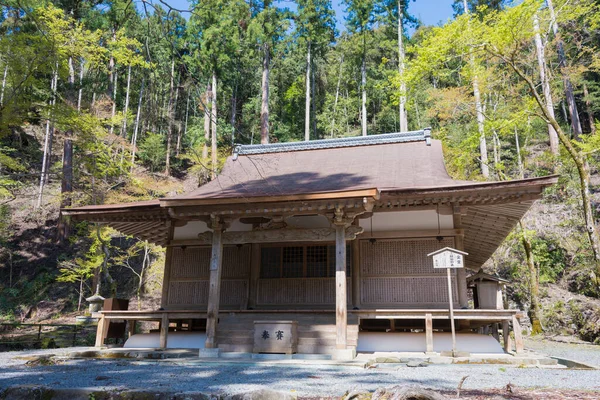
This legendary ryokan holds the Guinness World Record as the oldest continuously operating hotel in the world, welcoming guests since 705 AD. Located in Yamanashi Prefecture, Keiunkan has survived wars, natural disasters, and countless changes in Japanese society. Until 2017, the same family ran the property for 52 generations.
The inn sits nestled in a valley surrounded by mountains, its natural hot springs still flowing from the same sources that attracted the first travelers thirteen centuries ago. Rooms maintain traditional elements while incorporating modern comforts, and the kaiseki meals showcase ingredients that would be familiar to guests from centuries past.
Nishimuraya Honkan
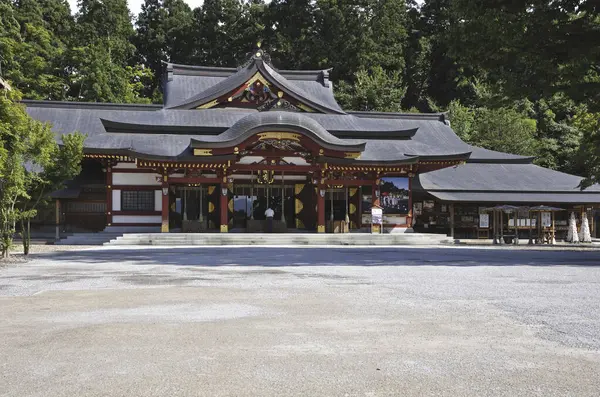
With 150-plus years of history and timeless style, Nishimuraya Honkan stands as a luxurious ryokan in the onsen town of Kinosaki. As a Relais & Châteaux property, the ryokan is nestled between two of the seven public onsens in Kinosaki. The building itself feels like a work of art.
Every room exudes elegance courtesy of harmonious decorative touches and wooden terraces, with the Honjin Suite being particularly spectacular. At the center of the ryokan is a beautiful Japanese garden, immaculately landscaped, with many of the rooms facing it and having direct access. And the town’s famous onsen-hopping tradition becomes effortless here — guests receive passes to all seven public baths.
Like Travel Pug’s content? Follow us on MSN.
Gora Kadan
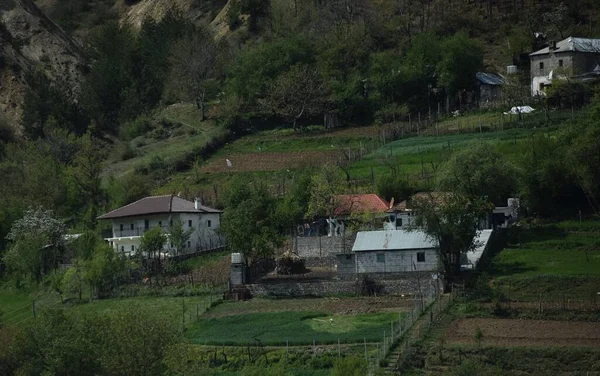
Built on the grounds of an Imperial Family member’s former summer villa” and then again “Located on the grounds of a former imperial summer residence, Gora Kadan is an accommodation imbued with upmarket luxury. Located on the grounds of a former imperial summer residence, it carries rich historical and cultural significance. The legacy shows in every detail.
The ryokan sits in Hakone’s lush hills, where hot springs dot the landscape like natural jewels. Renovated to a standard that would make the Imperial Family proud, this Japanese hotel features conceptual indoor-outdoor spaces, baths that resemble contemporary art pieces and traditional Japanese flourishes. The scent of hinoki cypress wood mingles with mountain air, creating an atmosphere that feels both ancient and refreshingly contemporary.
Hoshinoya Tokyo
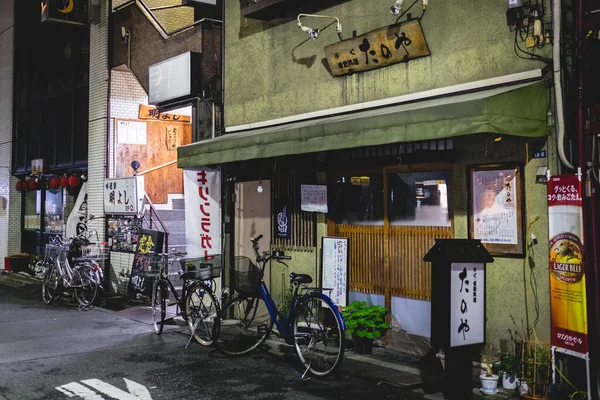
While Tokyo may not seem like the typical location for a traditional inn, this multi-storied ryokan from the luxury group Hoshinoya is no less genuine than any others. Each floor acts as a ‘ryokan within a ryokan’, and guest rooms are connected to a communal space known as the ochanoma, complete with refreshments.
Entering the hotel feels like stepping into a revered temple with staff dressed in white robes who warmly welcome you and attend to your every need. The sound of a traditional stringed instrument drifts through the lobby while you sip welcome tea. Not your typical Tokyo experience.
Eko-in
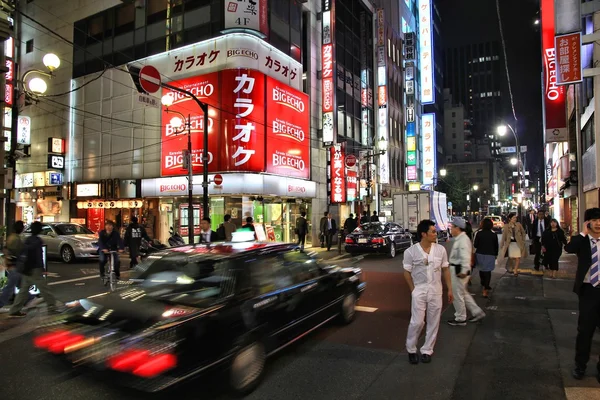
Eko-in is a remarkable place to spend the night, situated in a 1,000-year-old Buddhist temple. Located on Mount Koya, this isn’t technically a ryokan but offers an experience that rivals any traditional inn. You sleep in Japanese-style rooms while temple bells mark the passing hours.
As you might expect, you’re welcome to join temple practices, including using the Ajikan Practice Hall for meditation, attending morning services and joining a Goma fire ritual. The vegetarian meals follow Buddhist principles, transforming simple ingredients into profound flavors. Wake at dawn to chanting that has echoed through these halls for a millennium.
Like Travel Pug’s content? Follow us on MSN.
Takefue
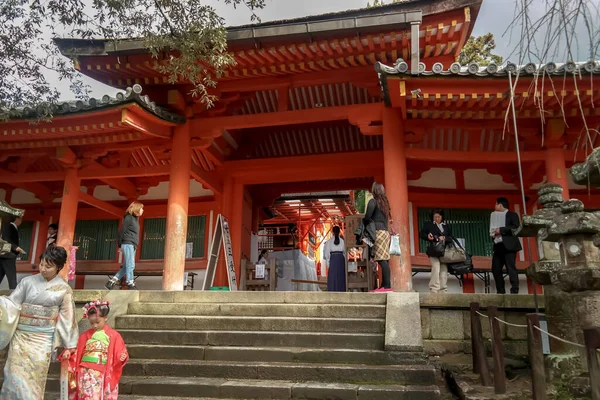
Located in Minamioguni-machi, this is a hot spring paradise nestled in bamboo forest. The name itself means “bamboo flute,” and you’ll understand why when wind rustles through the surrounding groves, creating nature’s own soundtrack. The setting feels impossibly serene.
All rooms feature private outdoor baths where you can soak while bamboo sways overhead. The breakfast includes:
- Fresh mountain vegetables
- Local river fish
- Handmade tofu
- Seasonal specialties that change with each visit
The kaiseki dinners here focus on ingredients foraged from the surrounding forest, making each meal a celebration of the local ecosystem.
Asaba
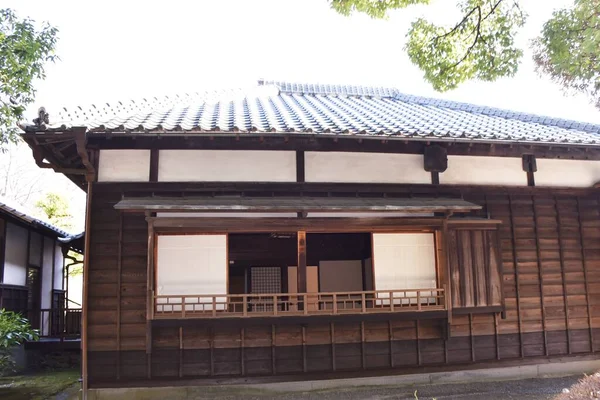
This serene and sublime ryokan on the Izu Peninsula offers outstanding kaiseki cuisine. Dating back to 1675, Asaba represents everything elegant about traditional Japanese hospitality. The inn sits along the Katsura River, where the sound of flowing water provides a constant, gentle soundtrack.
Still family-owned after more than three centuries, Asaba maintains practices that most modern hotels have abandoned. Meals are served in private dining rooms overlooking carefully manicured gardens. The onsen baths use natural spring water that’s said to improve skin texture — locals have been coming here for generations just for the waters.
Hakone Ginyu
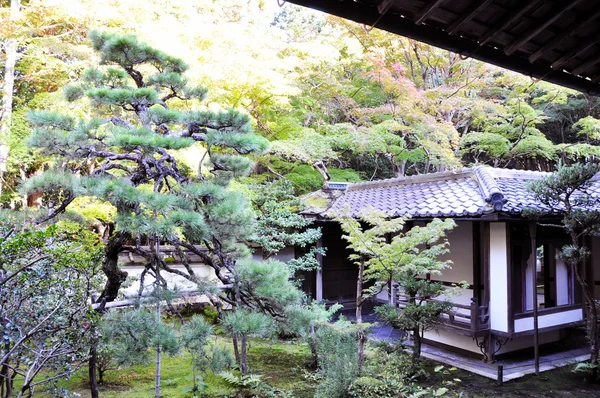
‘Ginyu’ means a person seeking inspiration for a poem by traveling around. All rooms have open air hot spring baths, terraces, and dining overlooking the gorge. The name proves prophetic — the setting along the Haya-Kawa River valley practically demands contemplation.
The entrance and lobby are located on the top of the building, with the essence of Japanese style emanating through the corridors. You descend through the building as if moving deeper into a meditation, each level revealing new views of the rushing river below.
Like Travel Pug’s content? Follow us on MSN.
Kanaguya

Shibu Onsen has a beautiful townscape with narrow, cobble-stone streets lined by historical wooden inns, the most spectacular of which is Kanaguya. This ryokan embodies the fairy-tale charm that draws travelers to the Japanese Alps. The building seems to emerge organically from the mountainside.
The onsen town of Shibu offers seven public bathhouses, each with different mineral properties. Shibu Onsen in particular has an abundant supply of especially hot onsen mineral water. But Kanaguya’s own baths might tempt you to skip the town tour entirely.
Yoshiike Ryokan
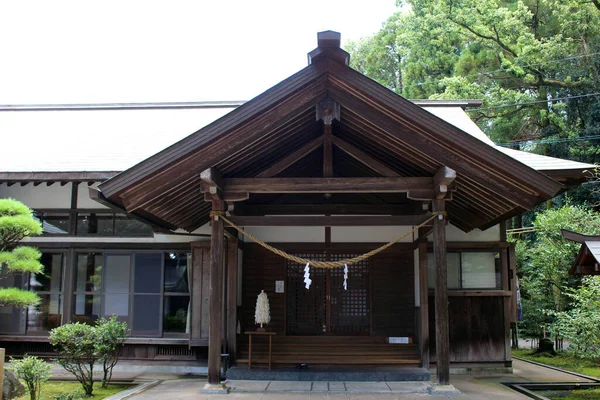
Located a seven-minute walk from Hakone Yumoto Station, this ryokan offers hot spring baths surrounded by nature. The property feels larger than it actually is, with gardens that seem to stretch endlessly into the forested hillsides. Traditional and modern elements blend seamlessly here.
There are several types of hot springs available within this ryokan — a men’s only onsen, a women’s only onsen, and a private onsen for families or couples to rent by the session. The evening drum performances in the garden add an unexpected theatrical element to the mountain stillness.
Morizuya
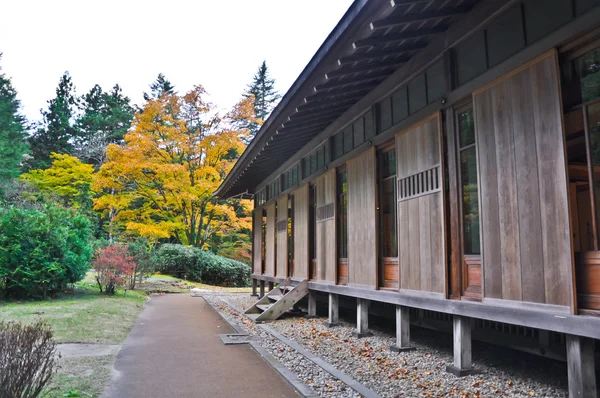
Morizuya is one of the top ryokans in Kinosaki Onsen because of its premium experience, praised for its fantastic location near the mountains, impeccable service, and spacious rooms. Facing the central shopping street of the Kinosaki Onsen hot spring area, Morizuya offers authentic Japanese-style accommodations.
The traditional kaiseki meals here deserve special mention. You can choose whether to have it in your own guestroom for privacy or join other guests in the dining hall. The private onsen baths can be reserved on weekdays, and solo travelers particularly appreciate the staff’s willingness to take photos — a thoughtful touch in our selfie-obsessed world.
Like Travel Pug’s content? Follow us on MSN.
Shimosagaya
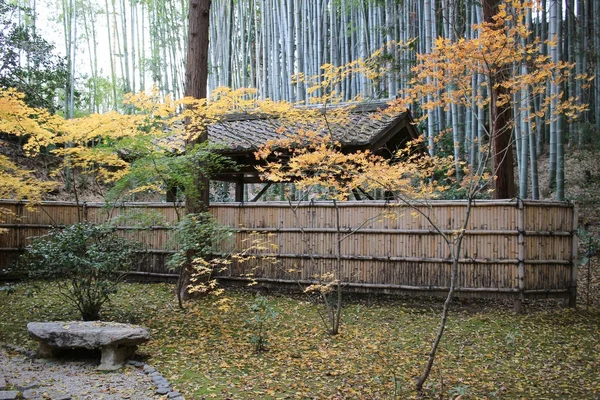
Located in the mountain village of Tsumago, this minshuku provides relaxation and comfort amid the beautiful surroundings of the Kiso Valley. With only four guest rooms, Shimosagaya offers an intimate experience that feels more like staying with a Japanese family than at a commercial inn.
The small inn has been maintained exactly as it was in the Edo Period. You can nearly feel the presence of previous travelers who sojourned here after long journeys along the Nakasendo trail. Guests are served home-style cuisine featuring fresh seasonal vegetables and river fish in the traditional dining area, where conversations flow despite language barriers through warm smiles and shared appreciation for simple mountain living.
Sekitaitei Ishida
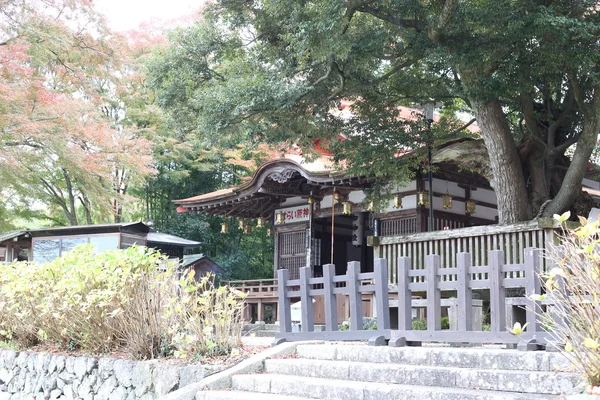
Located in Nagano’s newest onsen resort town, Hirugami Onsen, this grand resort aims to provide guests the ultimate experience in “Japaneseness.” The property features graceful sukiya-style architecture and a tea room where formal tea ceremonies can be arranged.
The main feature is a Noh stage where nightly performances by local artists are held — some musical like taiko drumming or shamisen, some theatrical, and some even rakugo comedy. It’s like having a cultural festival in your backyard every evening.
Awa-no-yu
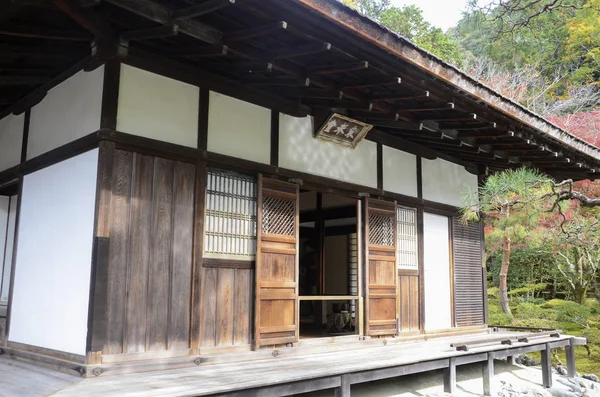
Hidden deep in the Northern Japanese Alps, in between massive Mt. Norikura and the enchanting Kamikochi Valley, is Shirahone Onsen, famous for its milky-white onsen water. Awa-no-yu boasts the most photographed outdoor bath of any ryokan in Nagano Prefecture.
‘Shirahone’ means ‘white bone’, and the hot spring mineral water is high in sulfur content that oxidizes when it comes into contact with the air, creating a translucent bluish-white color. Legend claims that three days of bathing here prevents colds for three years. Its expansive co-ed bath provides a colorful garden background. The mineral-rich waters feel almost silky against your skin.
Like Travel Pug’s content? Follow us on MSN.
Kawaguchiko Fufu
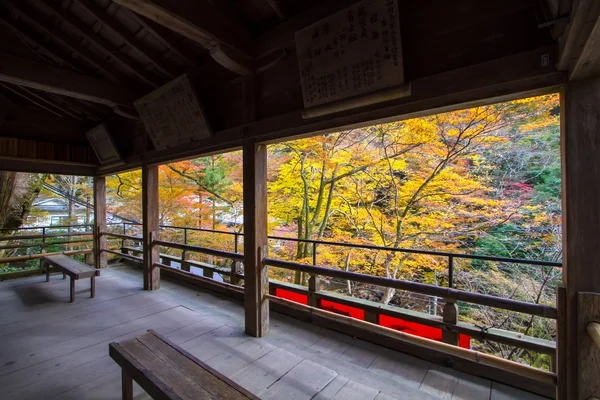
This small luxury ryokan offers magnificent views of Mount Fuji, with all rooms featuring open-air hot spring baths. Located on the shores of Lake Kawaguchi, the property perfectly captures the iconic Japanese scene that graces countless postcards and paintings.
The view changes dramatically throughout the day — sunrise paints Fuji in shades of gold and pink, while sunset creates dramatic silhouettes against the sky. On clear mornings, the mountain’s reflection in the lake creates a perfect double image that seems almost too beautiful to be real.
Finding your perfect ryokan match
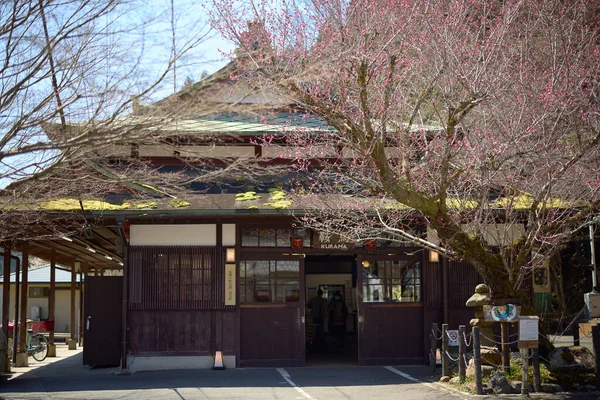
Ryokan are hard to find in Tokyo and other large cities because many are often much more expensive compared with modern hotels and hostels. But the experience transcends simple accommodation — these inns offer a window into Japan’s soul, where ancient rituals of hospitality continue to flourish in our modern world.
Whether you choose a millennium-old mountain retreat or a contemporary interpretation in the heart of Tokyo, you’re participating in a tradition that has welcomed travelers for over thirteen centuries.
More from Travel Pug

- 20 Best Beach Towns in the Carolinas
- 13 Destinations Where Tourists Regularly Regret Their Trip
- 20 Things You Actually Get in First Class
- 20 Small Airports With Aviation Museums
- 20 Places in the U.S. That Are Perfect for a Reset Trip
Like Travel Pug’s content? Follow us on MSN.
